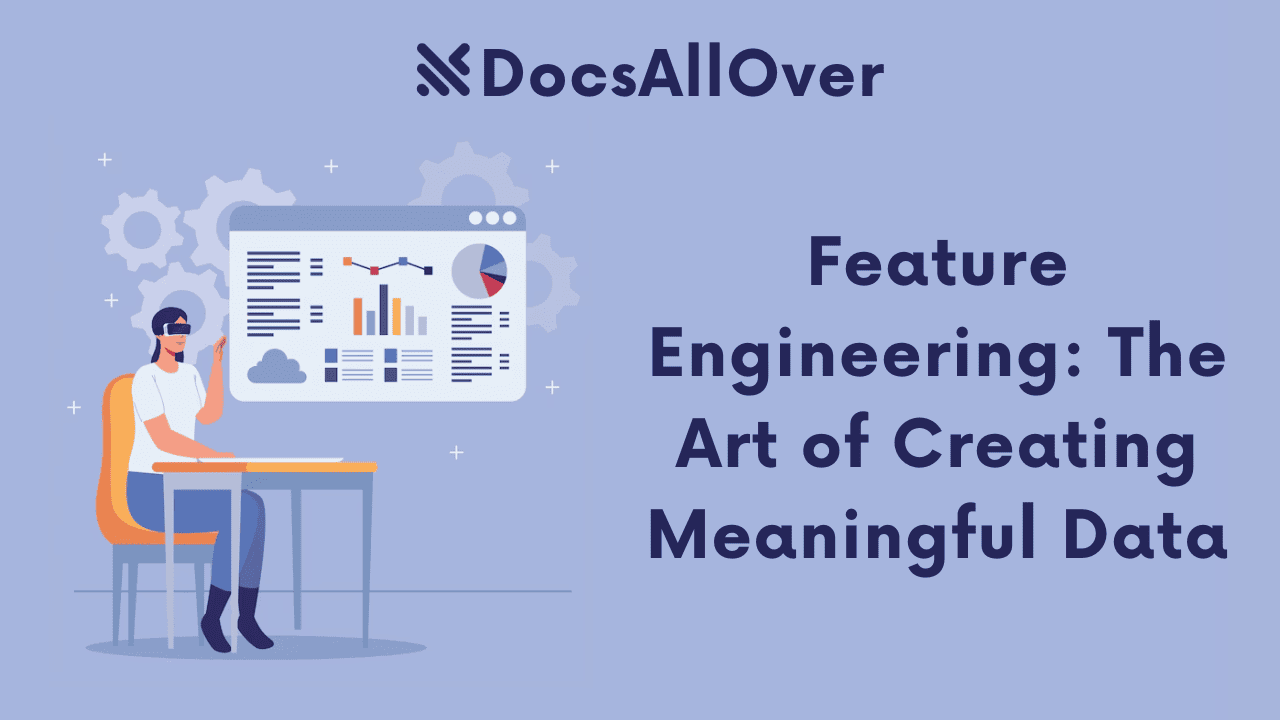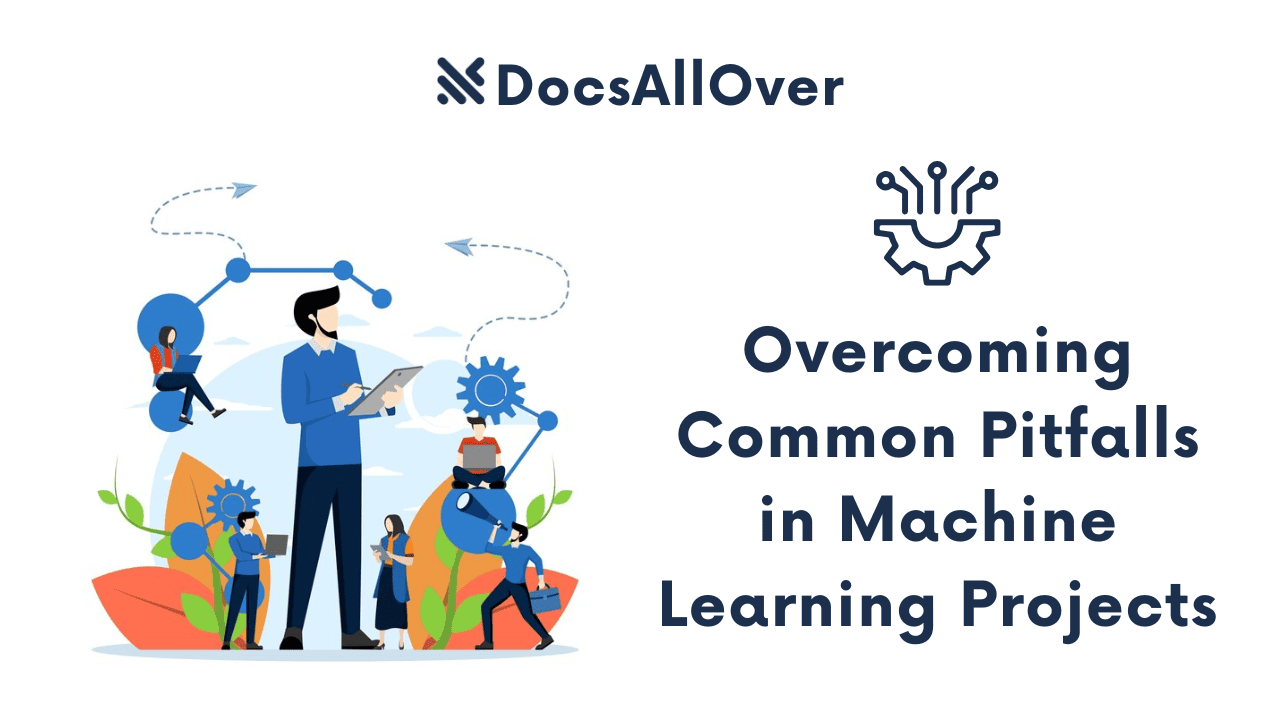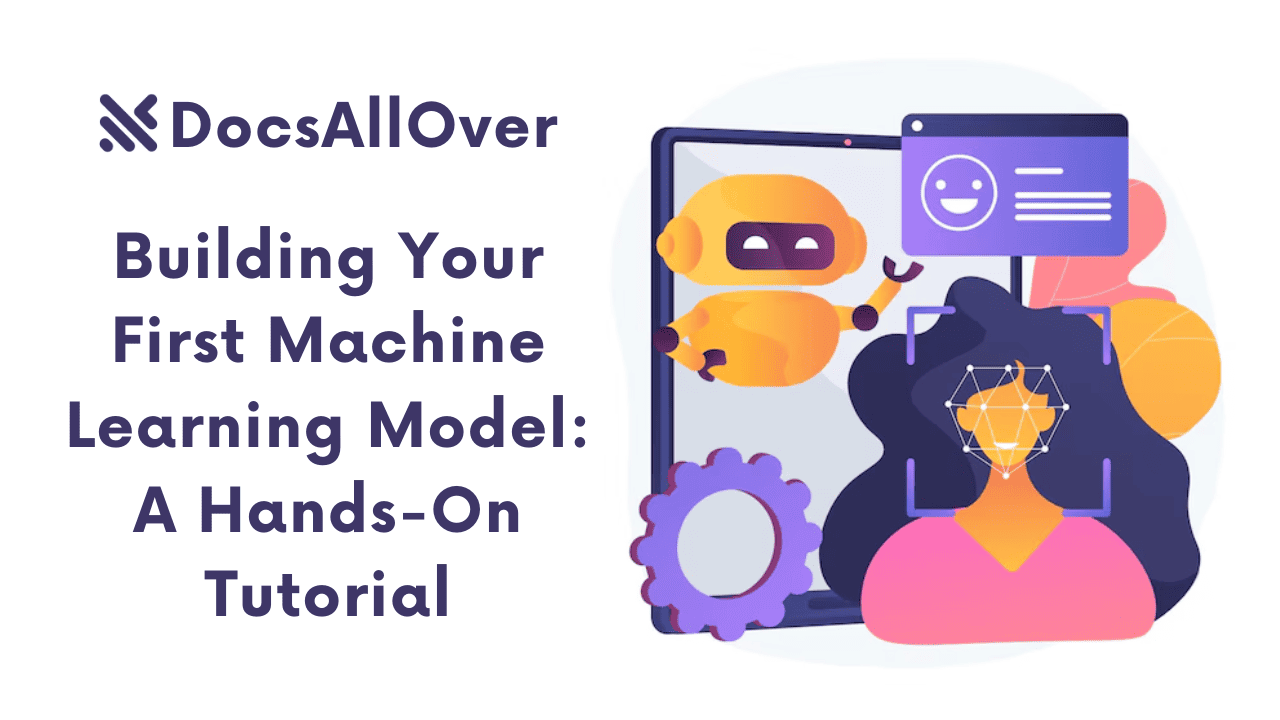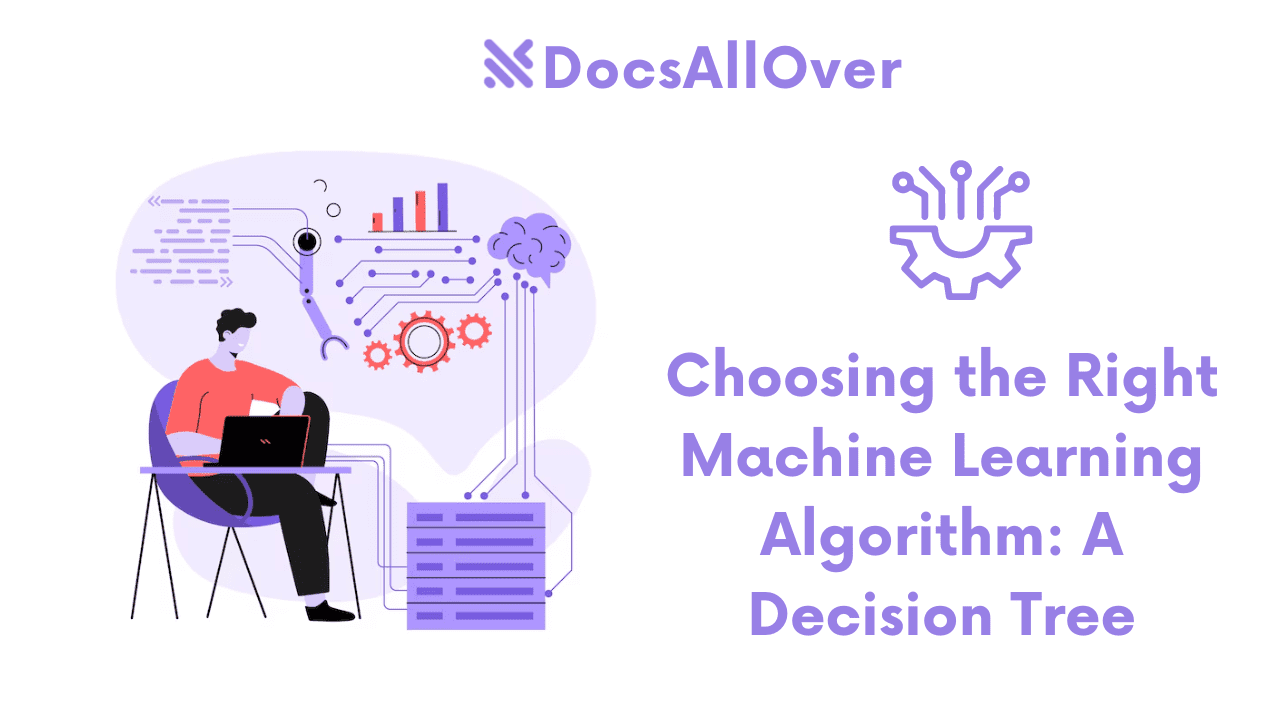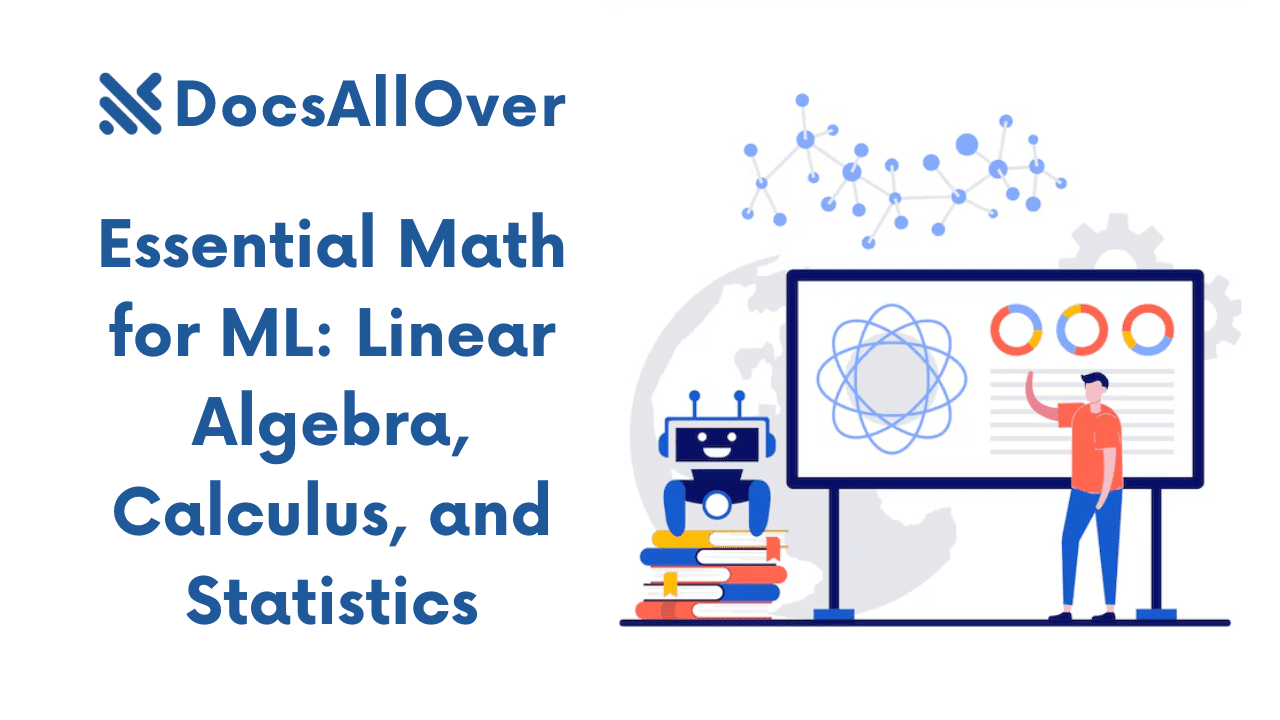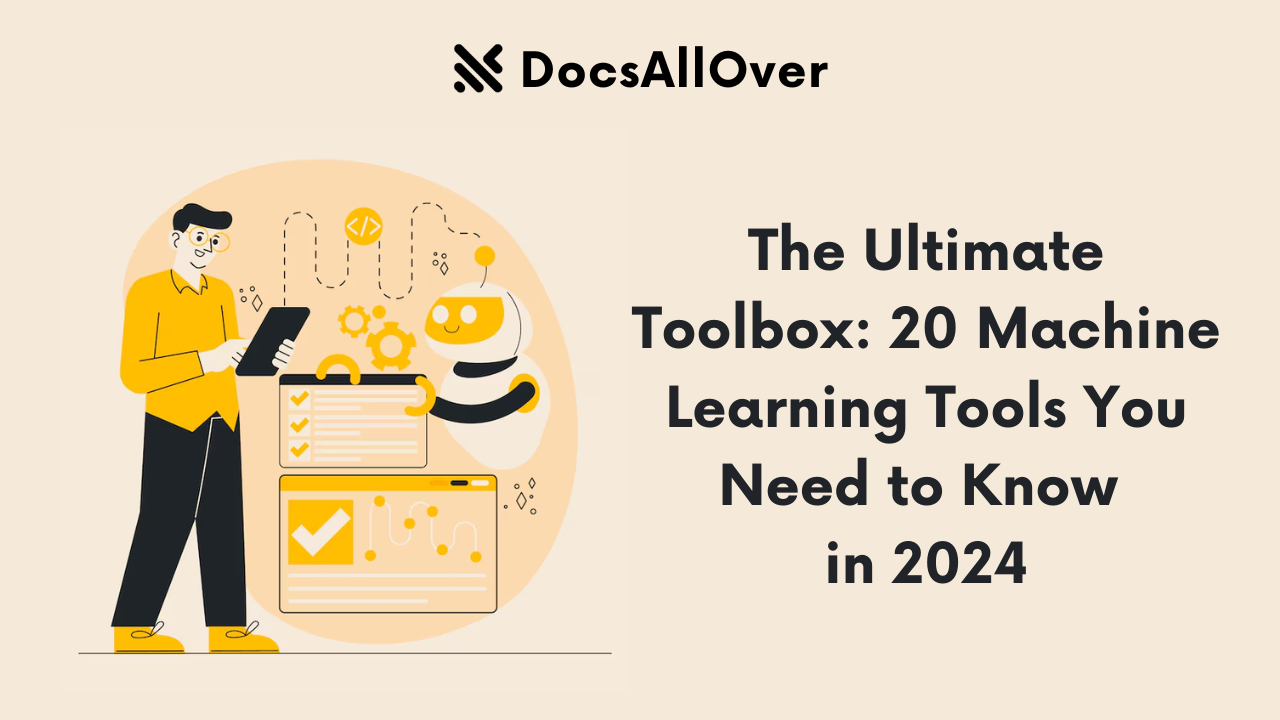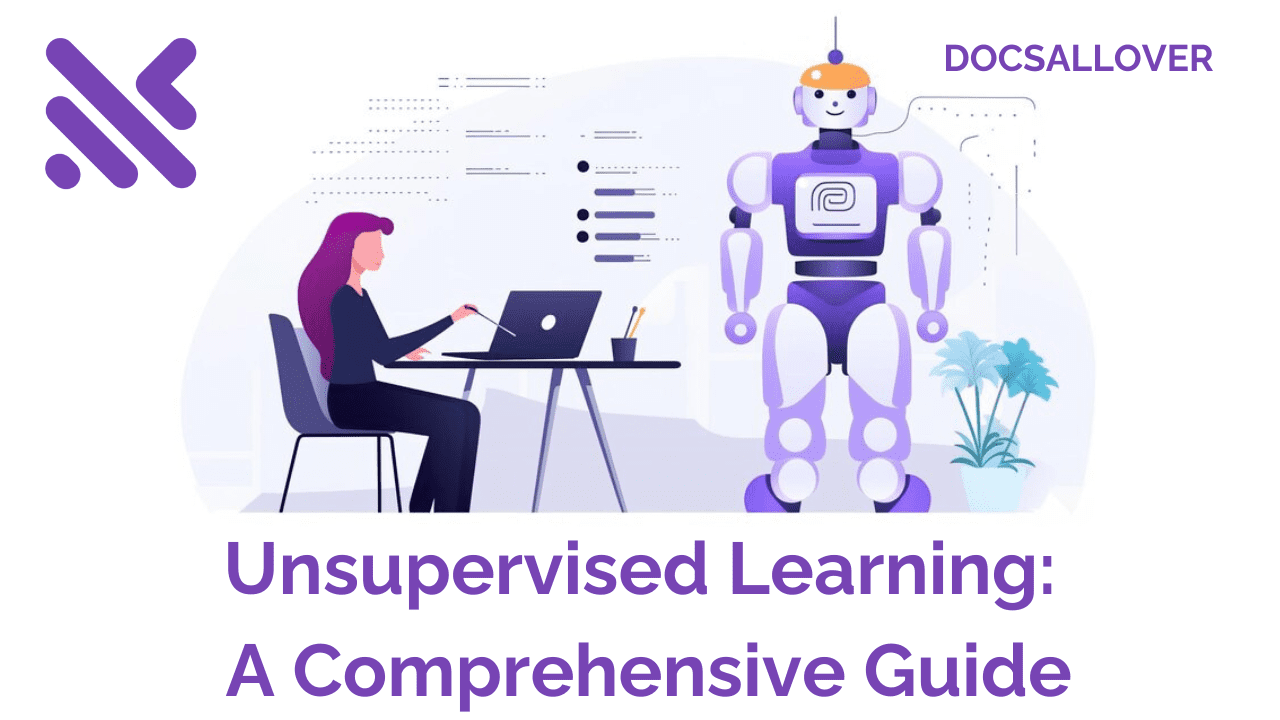Machine Learning Roadmap: Where to Start and How to Succeed?
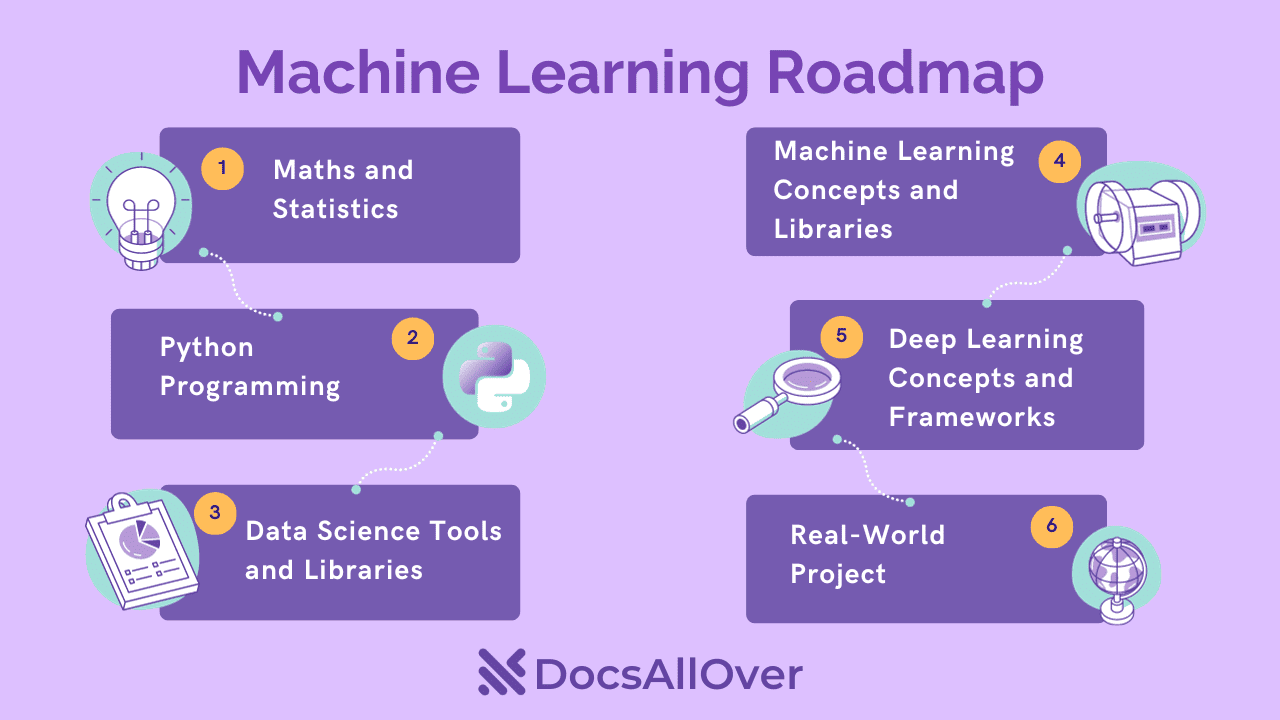
What is Machine Learning?
Machine learning (ML) is a type of artificial intelligence (AI) that allows software applications to become more accurate in predicting outcomes without being explicitly programmed to do so. Machine learning algorithms use historical data as input to predict new output values.
ML algorithms are trained on a set of data called the training set. The training set contains examples of the desired input and output values. The algorithm learns to identify patterns in the data and uses these patterns to predict new output values.
Once the algorithm is trained, it can be used to make predictions on new data. For example, an ML algorithm could be trained to predict customer churn based on historical data about customer behavior. The algorithm could then be used to identify customers who are at risk of churning and to take steps to retain them.
The Purpose of Machine Learning
Machine learning algorithms are known for using data to predict new output values on which most industrial decisions are based. With the help of machine learning, programmes are processed to generate better and more accurate outcomes without actually being programmed. Furthermore, this type of AI is widely used in many industries such as finance, healthcare, and so on.
The purpose of machine learning is to create software applications that can learn and improve over time. ML algorithms can be used to solve a wide range of problems, including:
- Prediction: ML algorithms can be used to predict future events, such as customer churn, fraud, or equipment failure.
- Classification: ML algorithms can be used to classify data into different categories, such as spam or not spam, or malignant or benign.
- Recommendation: ML algorithms can be used to recommend products, services, or content to users based on their past behavior.
- Anomaly detection: ML algorithms can be used to detect anomalies in data, such as unusual transactions or fraudulent activity.
For example, ML algorithms can be trained to:
- Screen resumes and identify qualified candidates for job openings.
- Translate text from one language to another.
- Drive cars autonomously.
- Monitor patients' vital signs and identify potential health problems.
- Predict customer churn and develop targeted marketing campaigns.
Taking a Career in Machine Learning
Now that you know much about machine learning, it’s time to know what kind of career opportunities are available for you in this field. Machine learning offers a great career choice for aspirants. There is a great demand for machine learning experts and engineers, as these are the professionals that can help the organization achieve its goals by being more efficient and productive. These professionals make data-driven business decisions and assist in the development of products to better serve their customers and be more productive.
Machine learning is a rapidly growing field with a high demand for skilled workers. There are many different types of machine learning careers available, including:
- Machine learning engineer: Machine learning engineers develop and build machine learning models. They work with data scientists to identify the right machine learning algorithms for a given problem, and they develop the software infrastructure to deploy and monitor the models.
- Data scientist: Data scientists collect, clean, and analyze data to develop insights and solve problems. They often use machine learning algorithms to build predictive models.
- Machine learning researcher: Machine learning researchers develop new machine learning algorithms and improve existing algorithms. They also work on new applications of machine learning.
To be successful in a machine learning career, you need to have a strong foundation in math, statistics, and computer science. You should also be able to think critically and solve problems creatively.
If you are interested in a career in machine learning, there are a few things you can do to get started:
- Get a degree in a related field, such as computer science, mathematics, or statistics.
- Take online courses or tutorials on machine learning.
- Build machine learning projects to showcase your skills.
- Network with other machine learning professionals
Machine Learning Roadmap
Now that you have decided to build a career in machine learning, you should be aware of some steps that can take you to your career goal. Here is the roadmap for you to assist you on the way.
1. Maths and statistics
Maths and statistics are the foundation of machine learning. Machine learning algorithms are based on mathematical and statistical concepts, such as linear algebra, calculus, probability, and statistics.
- Linear algebra is used to represent data and perform operations on data, such as matrix multiplication and inversion.
- Calculus is used to calculate derivatives and integrals, which are used in many machine learning algorithms.
- Probability is used to represent the uncertainty of events and to make predictions.
- Statistics is used to analyze data and identify patterns.
Linear Algebra
Linear algebra is the foundation of ML. It is used in many ML algorithms, including linear regression, logistic regression, and support vector machines.
Some of the key linear algebra concepts that you need to know for ML include:
- Vectors
- Matrices
- Matrix multiplication
- Linear transformations
- Eigenvectors and eigenvalues
- Calculus
Calculus is used in ML for optimization and gradient descent. Optimization is the process of finding the best parameters for a model. Gradient descent is a popular optimization algorithm that is used to train many ML models.
Some of the key calculus concepts that you need to know for ML include:
- Derivatives
- Integrals
- Gradient descent
- Probability and Statistics
Probability and statistics are used in ML for understanding data and building predictive models. Probability is the study of chance and uncertainty. Statistics is the study of collecting, analyzing, interpreting, and presenting data.
Some of the key probability and statistics concepts that you need to know for ML include:
- Probability distributions
- Sampling
- Hypothesis testing
- Regression analysis
- Bayesian statistics
- Learning Resources
There are many resources available to learn math and statistics for machine learning. Here are a few recommendations:
Books:
- Linear Algebra for Machine Learning by James G. Stein
- Calculus for Machine Learning by Ruslan Salakhutdinov and Geoffrey Hinton
- Probability and Statistics for Machine Learning by Kevin P. Murphy
Online courses:
- Machine Learning by Stanford University on Coursera
- Introduction to Statistics by Harvard University on edX
- Linear Algebra by Massachusetts Institute of Technology on MIT OpenCourseWare
2. Python Programming in Machine Learning
Python is the most popular programming language for machine learning (ML). It is relatively easy to learn and has a rich ecosystem of libraries for ML and data science.
Here are some of the reasons why Python is so popular for ML:
- Easy to learn: Python is a relatively easy language to learn, especially for beginners. It has a simple syntax and a large number of built-in libraries.
- Powerful: Python is a powerful language that can be used for a wide variety of tasks, including ML, data science, web development, and more.
- Flexible: Python is a very flexible language. It can be used to write code in a variety of styles, and it can be integrated with other languages, such as C++ and Java.
- Large community: Python has a large and active community of developers. This means that there are many resources available to help you learn and use Python.
Here are some of the most popular Python libraries for ML:
- NumPy: NumPy is a library for scientific computing. It provides a variety of functions for working with arrays, matrices, and other mathematical objects.
- Pandas: Pandas is a library for data manipulation and analysis. It provides a variety of functions for working with data frames, which are two-dimensional data structures.
- Matplotlib: Matplotlib is a library for data visualization. It provides a variety of functions for creating plots and charts.
- SciPy: SciPy is a library for scientific computing and statistics. It provides a variety of functions for working with mathematical and statistical problems.
- Scikit-learn: Scikit-learn is a library for machine learning. It provides a variety of functions for implementing and using ML algorithms.
Here are some examples of how Python is used in ML:
- Data preprocessing: Python is often used to preprocess data before it is used to train ML models. This includes tasks such as cleaning the data, removing outliers, and feature engineering.
- Model training: Python can be used to train ML models using a variety of algorithms, such as linear regression, logistic regression, and decision trees.
- Model evaluation: Python can be used to evaluate the performance of ML models on held-out test data. This helps to ensure that the models will perform well on new data.
- Model deployment: Python can be used to deploy ML models to production environments. This allows the models to be used to make predictions on new data
3. Data Science Tools and Libraries
Data science tools and libraries are essential for machine learning. These tools and libraries help us to collect, clean, prepare, analyze, and visualize data. They also provide us with the algorithms and frameworks we need to build and train machine learning models.
Some of the most popular data science tools and libraries include:
- NumPy: NumPy is a Python library for scientific computing. It provides efficient data structures and functions for working with numerical data.
- Pandas: Pandas is a Python library for data manipulation and analysis. It provides high-level data structures and operations for working with tabular data.
- Matplotlib: Matplotlib is a Python library for data visualization. It provides a wide range of plotting functions and tools.
- SciPy: SciPy is a Python library for scientific computing and statistics. It provides a wide range of functions for statistical analysis, signal processing, image processing, and optimization.
In addition to these general-purpose data science tools and libraries, there are also a number of specialized machine learning libraries. Some of the most popular machine learning libraries include:
- scikit-learn: scikit-learn is a Python library for machine learning. It provides a wide range of machine learning algorithms for supervised learning, unsupervised learning, and reinforcement learning.
- TensorFlow: TensorFlow is an open-source machine learning framework developed by Google. It is used to train and deploy deep learning models.
- PyTorch: PyTorch is another open-source machine learning framework developed by Facebook. It is known for its flexibility and ease of use.
How to Use Data Science Tools and Libraries for Machine Learning
Data science tools and libraries can be used for machine learning in a number of ways. For example, we can use them to:
- Collect and clean data: We can use data science tools and libraries to collect data from a variety of sources, such as databases, APIs, and sensors. We can also use them to clean and prepare the data for machine learning.
- Explore and analyze data: We can use data science tools and libraries to explore and analyze the data to identify patterns and trends. This can help us to understand the data better and to develop hypotheses about the relationships between the different variables.
- Build and train machine learning models: We can use data science tools and libraries to build and train machine learning models. This involves using the data to teach the model how to perform a specific task, such as predicting a customer's churn probability or classifying an image.
- Deploy and evaluate machine learning models: Once we have trained a machine learning model, we can use data science tools and libraries to deploy and evaluate the model. This involves making the model available to users and tracking its performance on new data.
4. Machine learning concepts
Once you have a good understanding of the fundamentals of math, statistics, and Python, you can start learning ML concepts. Some of the essential ML concepts that you need to know include:
- Supervised learning: Supervised learning is a type of machine learning where the algorithm is trained on labeled data. Labeled data means that the input data is paired with the desired output. For example, a supervised learning algorithm could be trained on a dataset of images of cats and dogs, where each image is labeled as either a cat or a dog. Once the algorithm is trained, it can be used to predict the label of new, unseen images.
- Unsupervised learning: Unsupervised learning is a type of machine learning where the algorithm is trained on unlabeled data. Unlabeled data means that the input data does not have any associated labels. For example, an unsupervised learning algorithm could be trained on a dataset of customer purchase history data. The algorithm could then be used to identify groups of customers with similar purchase patterns.
- Reinforcement learning: Reinforcement learning is a type of machine learning where the algorithm learns by interacting with its environment. The algorithm receives rewards for taking actions that lead to desired outcomes, and penalties for taking actions that lead to undesired outcomes. For example, a reinforcement learning algorithm could be used to train a robot to walk. The robot would receive rewards for taking steps that move it forward, and penalties for taking steps that move it backward. Over time, the robot would learn to walk by trial and error.
5. Deep Learning Concepts and Frameworks
Deep learning is a subfield of machine learning that uses artificial neural networks to learn from data. Artificial neural networks are inspired by the structure and function of the human brain.
Deep learning models are capable of solving complex problems that are difficult or impossible to solve using traditional machine learning algorithms. For example, deep learning models can be used to:
- Recognize objects in images and videos.
- Translate text from one language to another.
- Generate human-quality text and music.
- Play games at a superhuman level.
- Deep Learning Concepts
Some of the essential deep learning concepts that you need to know include:
- Artificial neural networks: Artificial neural networks are the building blocks of deep learning models. They are composed of interconnected layers of nodes, which process information and learn from data.
- Convolutional neural networks (CNNs): CNNs are a type of artificial neural network that is well-suited for tasks such as image recognition and video analysis.
- Recurrent neural networks (RNNs): RNNs are a type of artificial neural network that is well-suited for tasks such as natural language processing and machine translation.
- Long short-term memory (LSTM) networks: LSTM networks are a type of RNN that is particularly well-suited for tasks that require long-term memory, such as machine translation and speech recognition.
Deep Learning Frameworks
Deep learning frameworks provide the tools and libraries that you need to develop and train deep learning models. Some of the most popular deep learning frameworks include:
- TensorFlow: TensorFlow is an open-source deep learning framework developed by Google. It is one of the most popular and powerful deep learning frameworks available.
- PyTorch: PyTorch is another open-source deep learning framework. It is known for its flexibility and ease of use.
- Keras: Keras is a high-level API for TensorFlow and PyTorch. It makes it easier to develop and train deep learning models.
Getting Started with Deep Learning
If you are interested in getting started with deep learning, there are a few things you can do:
- Learn the basics of machine learning. Deep learning is a subfield of machine learning, so it is important to have a good understanding of the fundamentals of machine learning before getting started with deep learning.
- Choose a deep learning framework. There are many different deep learning frameworks available, each with its own strengths and weaknesses. Choose a framework that is well-suited to the tasks that you want to solve.
- Find a tutorial or course. There are many tutorials and courses available online and in person that can teach you how to use deep learning frameworks to develop and train deep learning models.
- Build projects. The best way to learn deep learning is by doing. Once you have a basic understanding of deep learning concepts and how to use a deep learning framework, start building projects. This will help you to apply your knowledge and learn from your mistakes.
6. Real-World Project
The best way to learn machine learning (ML) is by doing. Once you have a basic understanding of ML concepts and libraries, it's time to start building real-world ML projects.
Here are some tips for building real-world ML projects:
- Choose a project that you're interested in. This will make the learning process more enjoyable and motivating.
- Start small. Don't try to build a complex project right away. Start with a simple project that you can complete in a few weeks or months.
- Use existing resources. There are many online resources and tutorials available to help you build ML projects. For example, Kaggle offers many datasets and competitions that you can use to build ML projects.
- Don't be afraid to ask for help. There are many online and offline communities where you can connect with other ML learners and get help with your projects.
Here are some examples of real-world ML projects that you can build:
- Predict customer churn: Build a model to predict which customers are likely to churn (cancel their subscription or service) so that you can take steps to retain them.
- Recommend products to users: Build a model to recommend products to users based on their past purchase history and other factors.
- Detect fraudulent transactions: Build a model to detect fraudulent credit card transactions and other types of fraud.
- Classify images: Build a model to classify images, such as identifying different types of objects or people in an image.
- Translate text: Build a model to translate text from one language to another.
Once you have built a few real-world ML projects, you will have a strong portfolio of work to showcase your skills to potential employers.
Here are some additional tips for success in building real-world ML projects:
- Focus on the problem, not the solution: Before you start building a model, make sure that you have a good understanding of the problem that you are trying to solve. What are the inputs and outputs of the model? What are the performance metrics that you will use to evaluate the model?
- Use a variety of data sources: The more data that you have to train your model, the better the model will perform. Try to use a variety of data sources to get a more complete picture of the problem.
- Feature engineering: Feature engineering is the process of transforming raw data into features that can be used by a machine learning algorithm. Feature engineering is often one of the most important steps in building a successful ML model.
- Evaluate your model: Once you have trained a model, you need to evaluate its performance on a held-out test set. This will help you to identify any areas where the model needs improvement.
- Deploy your model: Once you are satisfied with the performance of your model, you need to deploy it so that it can be used to make predictions on new data.
Building real-world ML projects is a great way to learn ML and develop your skills. By following the tips above, you can increase your chances of success.


